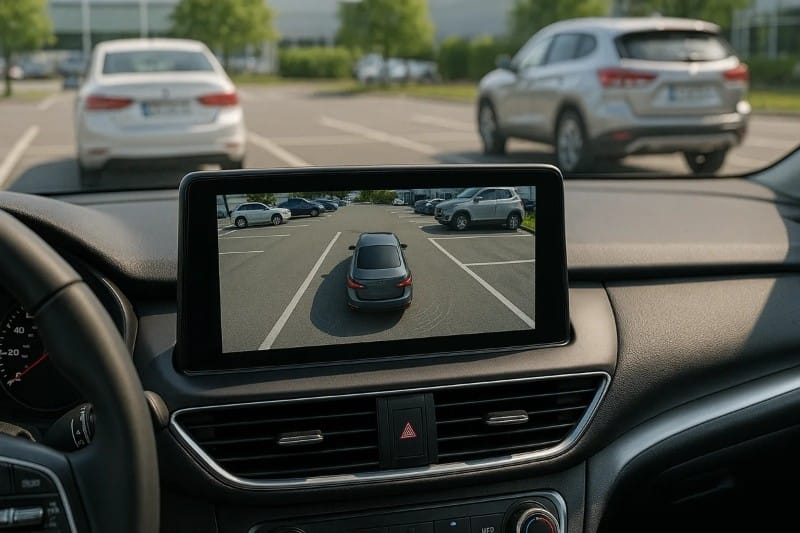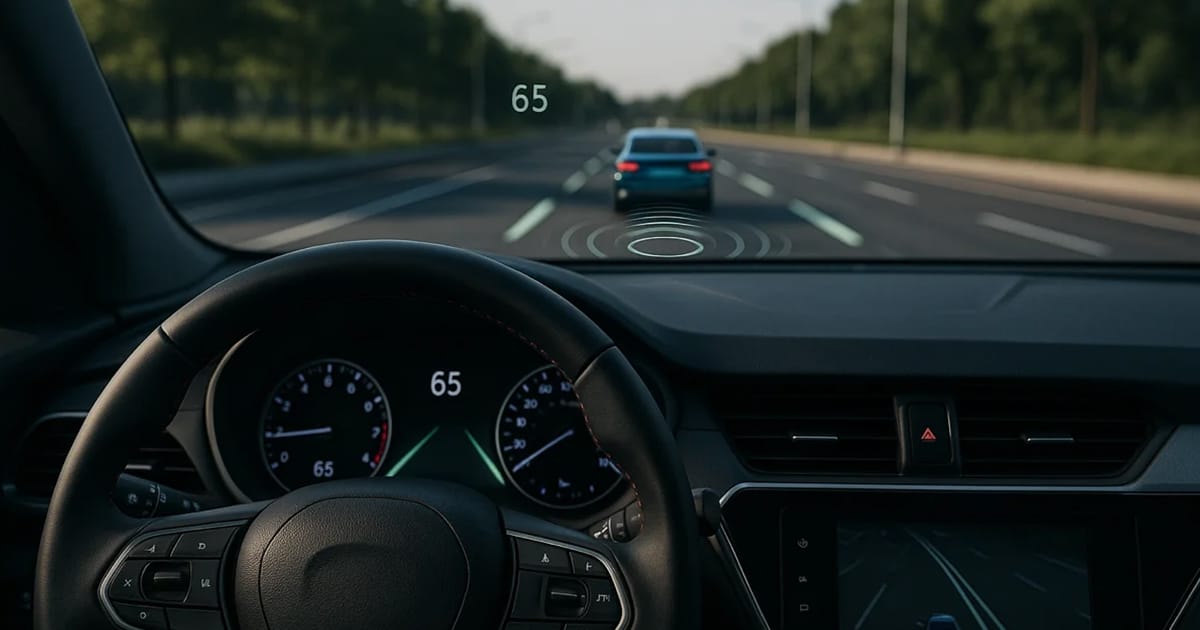Today’s vehicles are smarter and safer than ever before, thanks in large part to Advanced Driver Assistance Systems, commonly known as ADAS. These technologies are designed to help drivers stay alert, avoid accidents, and make informed decisions on the road. While many new vehicles come equipped with ADAS features from the factory, there is a growing number of aftermarket solutions available for drivers who want to enhance the safety of their existing vehicles.
In this article, we’ll explain what ADAS is, explore its most common features, and show how you can upgrade your current vehicle with the latest safety technology.
What Is ADAS?
Advanced Driver Assistance Systems (ADAS) refer to a group of technologies that support drivers in operating a vehicle more safely and efficiently. These systems use input from sensors, radar, and cameras to detect potential hazards and provide warnings or even take corrective action.
The goal of ADAS is to reduce human error, which is a leading cause of vehicle accidents. Whether it’s alerting you to a car in your blind spot or automatically applying the brakes to avoid a collision, ADAS can be a vital ally on the road.
Benefits of ADAS
ADAS technologies offer a wide range of benefits to drivers and passengers alike. The most obvious advantage is improved safety. Features like collision warning systems and lane keeping assist help prevent accidents before they occur.
In addition to safety, ADAS can reduce stress behind the wheel. Systems that monitor surrounding traffic or assist with parking take the guesswork out of driving. Some insurance companies even offer discounts for vehicles equipped with certain ADAS features, adding a financial incentive to adopt this technology.
Common ADAS Features Explained

- Forward Collision Warning and Automatic Emergency Braking: These systems monitor the road ahead and alert the driver to potential collisions. If the driver does not react in time, the system can apply the brakes automatically.
- Lane Departure Warning and Lane Keeping Assist: These features use cameras to detect lane markings. If the vehicle begins to drift without signaling, the system can issue a warning or gently steer the car back into its lane.
- Blind Spot Monitoring: Radar sensors detect vehicles in adjacent lanes that may not be visible in mirrors and alert the driver with visual or audible cues.
- Adaptive Cruise Control: This advanced version of cruise control automatically adjusts the vehicle’s speed to maintain a safe following distance from the car ahead.
- Rear Cross-Traffic Alert: When backing out of a parking spot, this system detects approaching vehicles and warns the driver of potential collisions.
- Parking Assistance and 360-Degree Cameras: These tools help drivers maneuver in tight spaces by providing visual and audible guidance, often through a bird’s-eye view of the vehicle’s surroundings.
Is ADAS Only Available in New Vehicles?
Many consumers believe that ADAS features are only available on the latest models, but that’s no longer the case. A growing aftermarket industry is focused on bringing ADAS functionality to older vehicles through retrofitting. Whether your car, truck, or SUV is five or fifteen years old, there are upgrade options that can dramatically improve your safety on the road.
Upgrade Options for Existing Vehicles

Aftermarket ADAS solutions offer a wide range of options to suit different vehicles and budgets. Some of the most popular upgrades include:
- Blind Spot Monitoring Kits: These systems typically include radar sensors mounted on the rear of the vehicle and visual indicators on the side mirrors or A-pillars.
- Front and Rear Camera Systems: Backup and forward-facing cameras enhance visibility and are often integrated with factory or aftermarket displays.
- Parking Sensors: Ultrasonic sensors detect obstacles and alert the driver with increasing audio signals as the vehicle approaches an object.
- Dash Cams with ADAS Functions: Some dash cameras include lane departure alerts, forward collision warnings, and more.
It’s important to note that while aftermarket systems may not offer the same level of integration as factory-installed options, many are highly effective and provide substantial safety benefits.
Professional Installation Matters
Installing ADAS features is not a simple plug-and-play process. Proper installation and calibration are critical to ensuring these systems work accurately. For example, a misaligned camera or sensor could result in false alerts or missed warnings.
This is why it’s essential to work with a qualified mobile electronics professional. These experts understand the technical demands of ADAS installation and use specialized tools to calibrate systems correctly, ensuring reliable performance.
The Future of ADAS

The evolution of ADAS is moving quickly. More advanced features, such as driver monitoring systems and predictive accident-avoidance technologies, are already making their way into vehicles. As artificial intelligence continues to evolve, we can expect ADAS to become even more intuitive and integrated, eventually paving the way for fully autonomous driving.
Conclusion
ADAS is transforming the way we drive by adding a layer of protection and convenience that was once reserved for luxury vehicles. From preventing accidents to easing the burden of daily driving, the benefits are clear.
If your vehicle doesn’t have ADAS features, you’re not out of luck. A variety of upgrade options are available, and professional installation ensures these systems perform as intended.
Visit a qualified retailer near you to learn more about ADAS options that are available for your vehicle.

